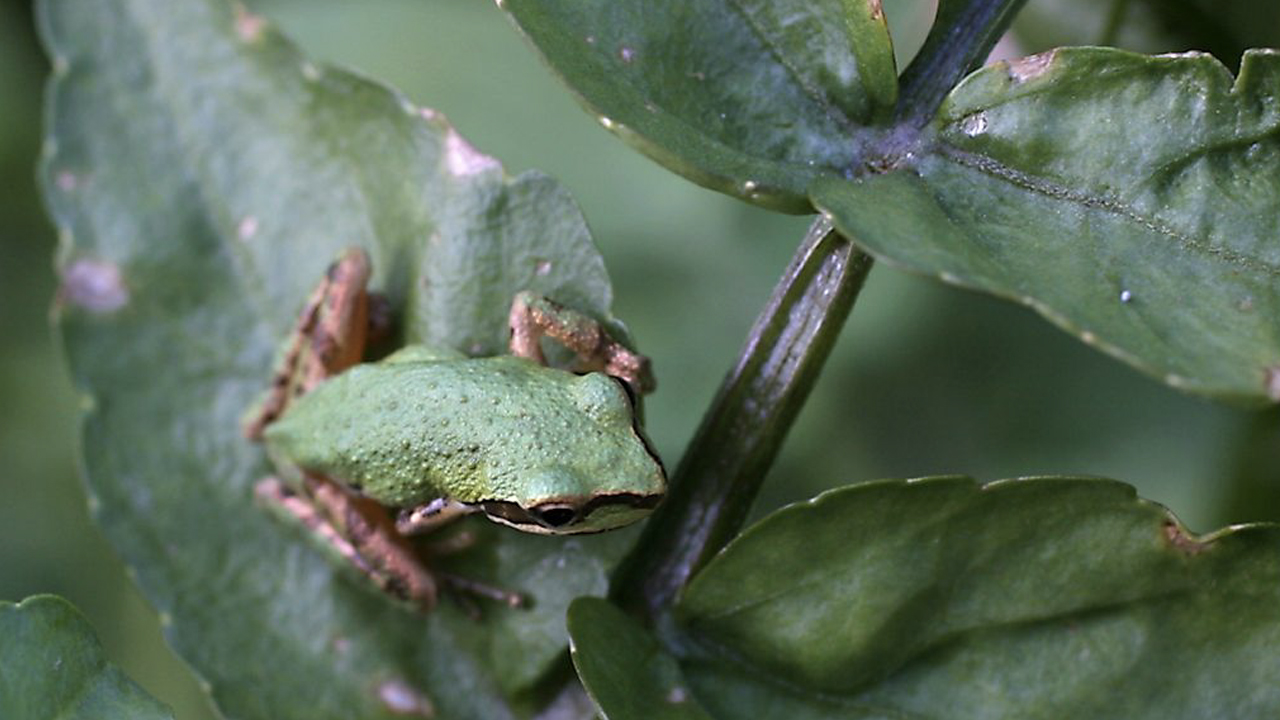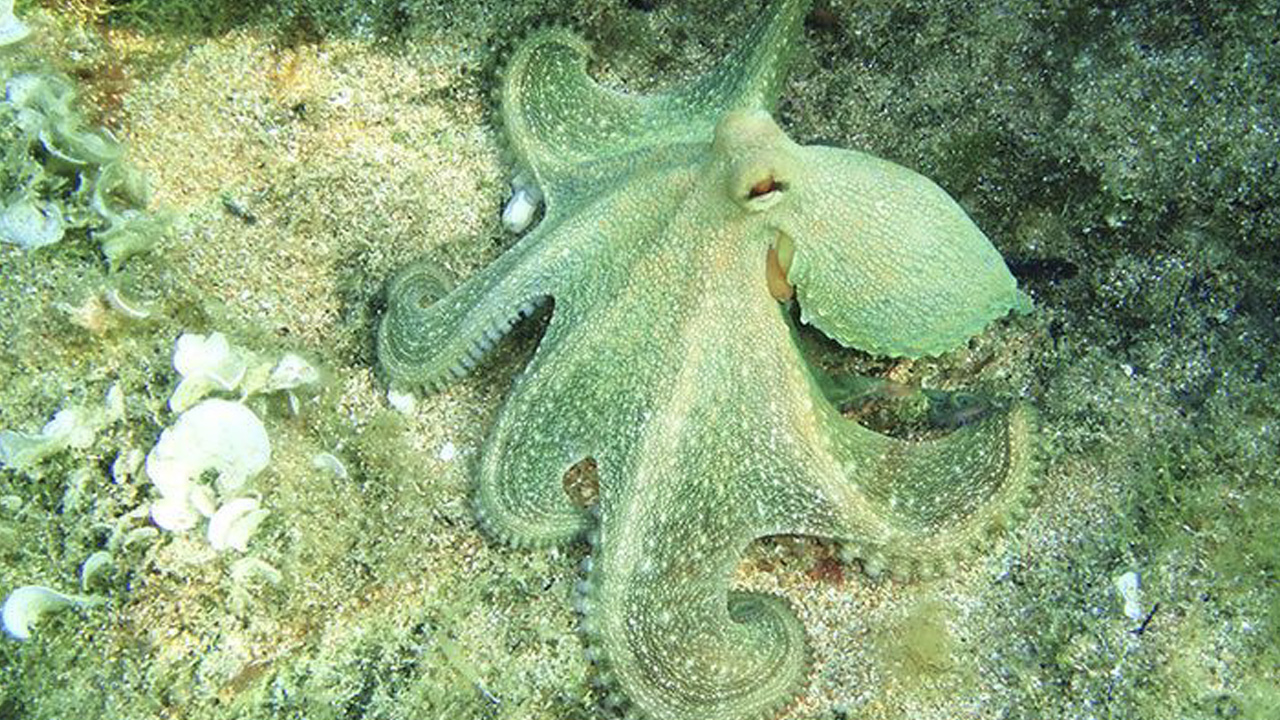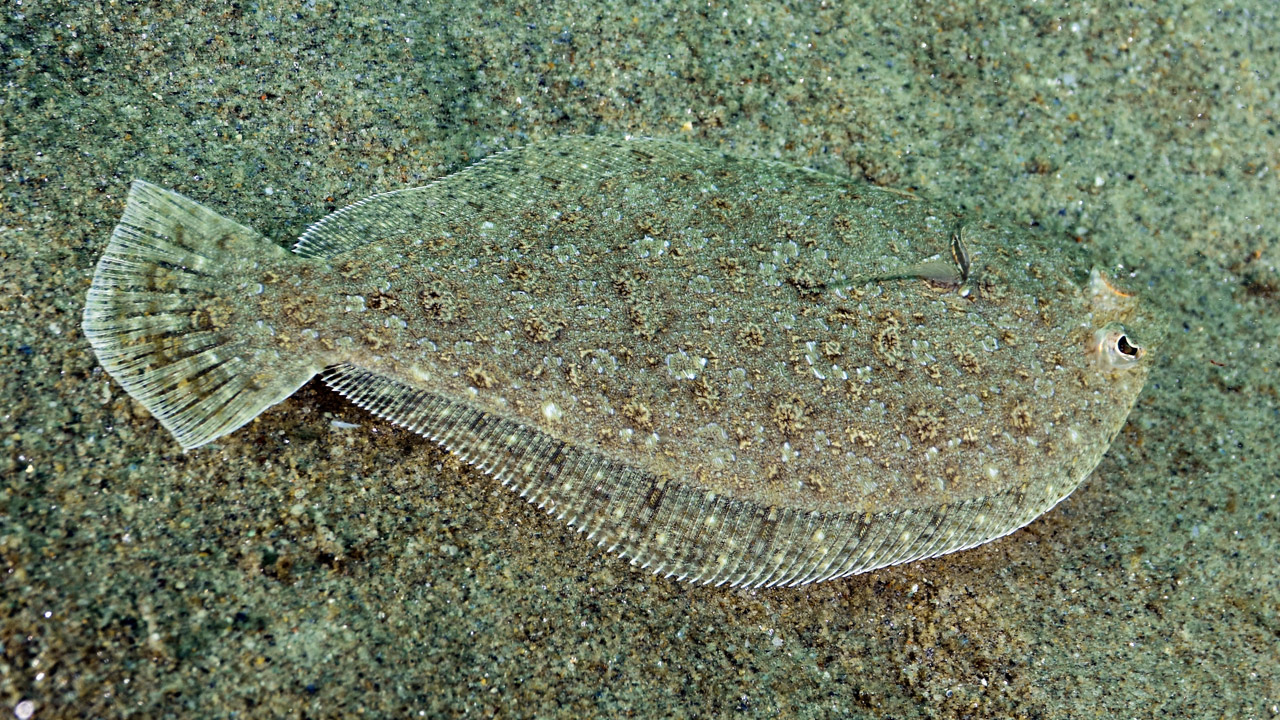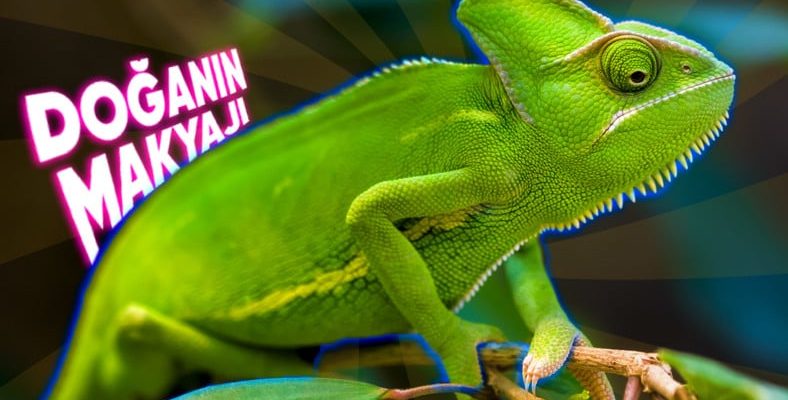How do some animals from the animal kingdom, such as the octopus, chameleon, halibut and squid, “know” when and what color to turn?
Behind this feature, which is one of the most surprising and interesting adaptation mechanisms we can encounter in nature, is that they involve more than what we see. physical qualities lies.
Hiding from hunters, impress their prey This ability, which is used to adapt to environmental conditions, is a bit complex and may vary from animal to animal.
These animals have special cells in their skin that contain various color pigments.
Crab Spider
These “chromatophore” called cells. Pigments within chromatophores, due to reflection of light It provides color change. The skin of an animal; stress, light conditions, environmental temperature It can expand and contract these pigment cells in response to factors such as.
Color change is not limited to chromatophores. in deep layers “iridophores” and “leucophores” Other cells called cells reflect light, creating different color effects. Iridophores are especially effective in the formation of metallic and bright colors.

Green Tree Frog
Color change is also controlled by hormonal and neural signals. These signals are what the animal feels. emotional state or varies according to external environmental influences.
Color changing master: chameleon
chameleons, They are perhaps the most famous of the animals that change color, and they have a truly astonishing ability to do so. This special ability of theirs has always been a focus of interest for nature observers and scientists. So how do these colorful creatures adapt so expertly to their environment?
Chameleons change their colors in response to environmental changes and emotional states. For example, when he encounters another male chameleon or when threatened by a predator Colors may change suddenly. In fact, it is a strategy for both defense and communication purposes.
They also have more than chromatophores.
Under the skin of chameleons, iridophore as well as reflective guanine crystals There are special cells containing The crystals reflect light, allowing for dramatic color changes. As the structures of these crystals change depending on different emotional or environmental triggers, the colors of the chameleon change dynamically.
chameleons, according to living spaces It can also optimize its colors. A chameleon living in a forest area uses shades of green more often, while species living in lighter colored environments such as deserts turn into shades of yellow and brown.
They use their color changing abilities not only for camouflage but also for social communication They also use it for . During breeding periods, males take on brighter and more attractive colors to impress females. This increases his chances of attracting and impressing the female.
When it comes to color changing, let’s not forget octopuses.

There are pigment cells called chromatophores in the skin of octopuses, just like chameleons. However, chromatophores in octopuses surrounded by muscles and these muscles are controlled by nerve signals. When the octopus senses a threat, the brain is sending signals rapidly and these signals activate the muscles. As the muscles contract, the chromatophores expand and the color of the skin changes.
Octopuses not only change color, It can also change its texture and shape. They can roughen their skin to look like a boulder or mislead their enemies by imitating an eel. These abilities make them the most skillful camouflage animals in the sea.

Flounder
When we look at such miracles in nature, we learn a lot about evolutionary biology and how important animals are in the complex web of life. In this way, perhaps in our own lives the way we adapt We can rethink.
Our other content from the animal kingdom:
RELATED NEWS
Why Do Dolphins Sometimes Swim Ahead of Ships? It’s Not For Accompaniment As You Think!
RELATED NEWS
Why Do Male Bees Die After Mating?
RELATED NEWS
